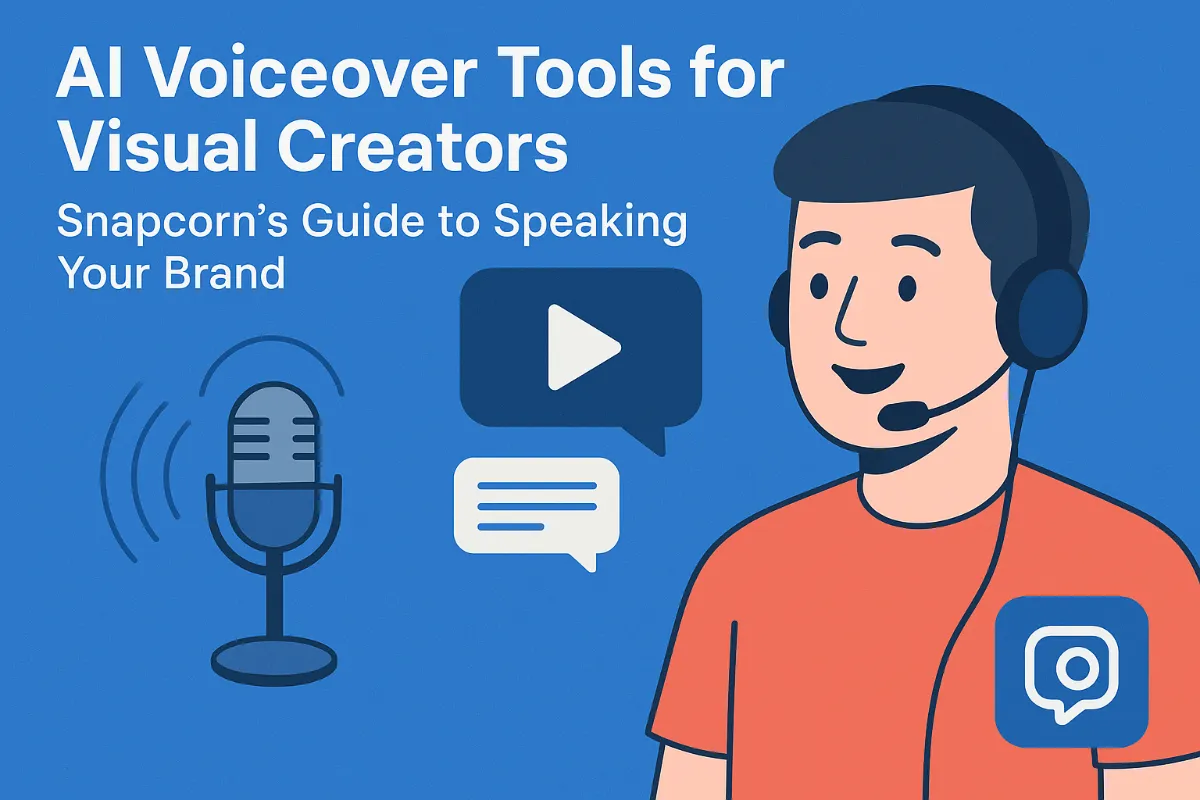Do editing software options include background removal features?
TL;DR
The Rise of Background Removal in Editing Software
Background removal used to be, like, this super annoying task that took forever. Now? It's everywhere and it's getting better all the time! It's not perfect, but it helps a lot.
E-commerce is driving a huge demand for clean product shots. Think about it: those crisp, distraction-free images on sites like Amazon and eBay? That's all background removal, making products pop. This means sellers can quickly process tons of images, saving them precious time and making their products look way more professional.
Photographers needs versatile portrait backgrounds. (One Portrait Background to Rule Them All - Fstoppers) Whether it's swapping out a boring studio backdrop or creating something totally surreal, background removal is key. For photographers, this means they can spend less time on tedious masking and more time on the creative side of things, like getting the perfect shot or editing the mood of an image.
ai is automating tedious tasks, freeing up time for creativity. (The productivity paradox: why AI won't speed up creative work) instead of spending hours manually masking images, ai does the heavy lifting.
So, why is this feature so important? Well, beyond just making things look pretty, background removal is crucial for:
- Brand Consistency: It helps maintain a uniform look across all your visuals, whether it's product photos, social media graphics, or website banners. This builds recognition and trust with your audience.
- Visual Appeal and Focus: By removing distracting backgrounds, you draw the viewer's eye directly to the subject, making your images more impactful and easier to understand.
- Efficiency and Cost-Effectiveness: Automating this process saves immense amounts of time and resources, especially for businesses that need to process large volumes of images regularly. This frees up human talent for more strategic and creative work.
Background removal is now a must-have. Next up, we'll dive into the tools that make it happen.
Dedicated Background Removal Tools: A Closer Look
Okay, so you're thinking about ditching Photoshop for somethin' simpler? Fair enough. Sometimes, you just need to quickly get rid of a messy background without diving into a whole editing suite.
These are the apps and sites that only do background removal. Like, that's their one job. And honestly, they're often pretty darn good at it.
Speed Demons: Dedicated tools are usually faster than all-in-one editors. They cut right to the chase, analyzing the image and poof! Background gone. This can be a lifesaver if you're cranking out a lot of images, like for an e-commerce store or, heck, even a hospital needing consistent shots of medical equipment.
Simplicity Wins: Let's face it, Photoshop can be overkill. These tools are way easier to learn, which is great if you're not a pro. Think of a small retail business that needs to make their products pop on Instagram—no need for a graphic design degree!
api Power: Some, like Removal.ai, offer apis for developers. Imagine a real estate company automating image editing for property listings. Bam, professional photos without manual work.
Of course, there's downsides. You're not getting a full suite of editing tools. But if all you need is a clean background, these dedicated tools can be surprisingly powerful. Sites like g2.com offer comparisons of different software solutions, if you are considering alternatives.
Next up, we'll weigh the pros and cons – is the specialization worth it?
Background Removal in All-in-One Photo Editors
Okay, so you're thinking, "Can I really ditch Photoshop and still get rid of backgrounds?" Well, yeah, kinda. All-in-one photo editors are adding background removal like crazy!
You got your big names, like Adobe Photoshop. It's got the fancy selection tools and masking options, allowing for incredibly precise control over complex edges and fine details like hair. Then there's Canva, which is, like, super easy for quick background swaps – great for marketing folks who need to create social media graphics fast. Wondershare UniConverter is all ai-powered, offering a streamlined experience for users already within its video editing suite. And Apowersoft Background Eraser, which boasts multi-platform support, meaning you can use it on your desktop, mobile, or even in a web browser.
Photoshop: It's the king for detailed work, but it takes time to learn. Its strength lies in its comprehensive suite of tools that give you ultimate control.
Canva: Think social media graphics. Quick and dirty--but effective for most needs. Its background removal is integrated seamlessly into its user-friendly design interface.
Wondershare UniConverter: A solid choice if you're already in their ecosystem, but maybe not worth it just for background removal. It leverages AI for fast, automated results.
Apowersoft Background Eraser: Offers flexibility with its cross-platform availability, making it convenient for users on the go.
These tools are good in different ways. Superagi.com compares them nicely, detailing their features and ease of use.
Of course, it's not all sunshine and roses. It can be complex to use, and might not be as good as the dedicated tools we talked about earlier. But hey, it might be enough! Up next, we'll weigh the good and the bad – is the all-in-one approach worth it?
AI-Powered Background Removal: The Future is Now
Okay, so ai powered background removal—it's kinda the future, right? I mean, it's not perfect, but it's getting there and fast!
Here's a few things I've noticed:
Accuracy is way better, especially with tricky stuff, like hair. For example, where older tools might have blurred fine strands of hair, modern ai can now isolate them with remarkable precision. It's still not flawless, but I've seen improvements.
Edge detection is also getting smarter. The ai can figure out what's foreground and what's background, even if the colors are similar. This means it can handle complex shapes and subtle transitions much better than before.
It's getting faster, too. used to take forever, but now it's almost instant. This speed is a direct result of advanced algorithms and increased processing power.
Of course, there's still some limitations. Sometimes, very complex patterns or extremely fine details can still trip up the ai, requiring a bit of manual touch-up. But honestly, ai is making background removal way less of a headache.
Weighing Your Options: Dedicated Tools vs. All-in-One Editors
So, we've looked at the dedicated background removal tools and the all-in-one editors that are packing this feature. Which one is "worth it"? It really depends on what you're trying to do.
Dedicated Background Removal Tools:
- Pros: Super fast, incredibly easy to use, often very accurate for their specific task. Great for high-volume work or if you just need a clean background and nothing else. Their apis can also be a huge plus for developers.
- Cons: Limited functionality beyond background removal. You'll need another editor for further touch-ups or creative work.
All-in-One Photo Editors:
- Pros: Convenience! You get background removal plus a whole host of other editing tools in one package. Good for users who don't need the absolute highest level of precision for background removal but value having everything in one place.
- Cons: Can be more complex to learn, and the background removal feature might not be as specialized or as fast as a dedicated tool. Sometimes, you're paying for features you don't use.
The Verdict?
If your primary goal is to churn out a lot of images with clean backgrounds quickly and easily, a dedicated tool is probably your best bet. Think e-commerce sellers, real estate agents, or anyone needing consistent product shots.
If you're already using an editor like Photoshop or Canva for other tasks and just want a convenient way to remove backgrounds without switching apps, then the all-in-one option is likely sufficient. It's about balancing specialized power with integrated convenience.
The Future is Bright (and Transparent!)
Background removal has come a long way, from a painstaking manual process to an almost instantaneous ai-driven feature. It's no longer a niche skill but a fundamental capability in image editing, empowering everyone from casual users to professional creatives. As ai continues to evolve, we can expect even greater accuracy, speed, and ease of use, making transparent backgrounds an even more accessible and powerful tool for visual storytelling and communication.




